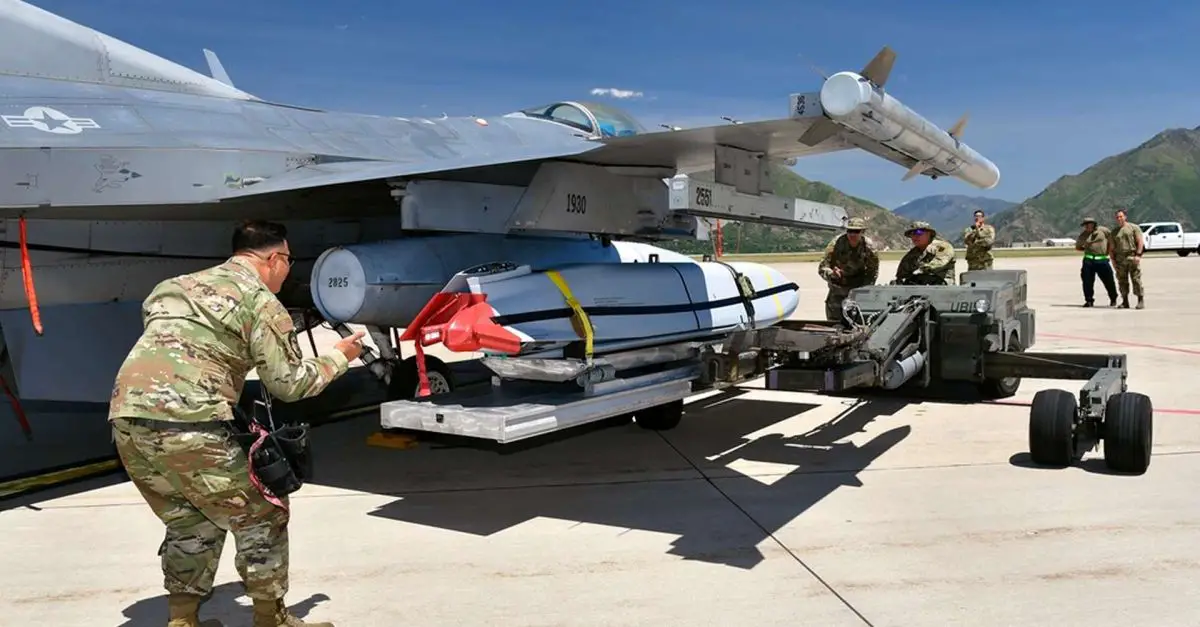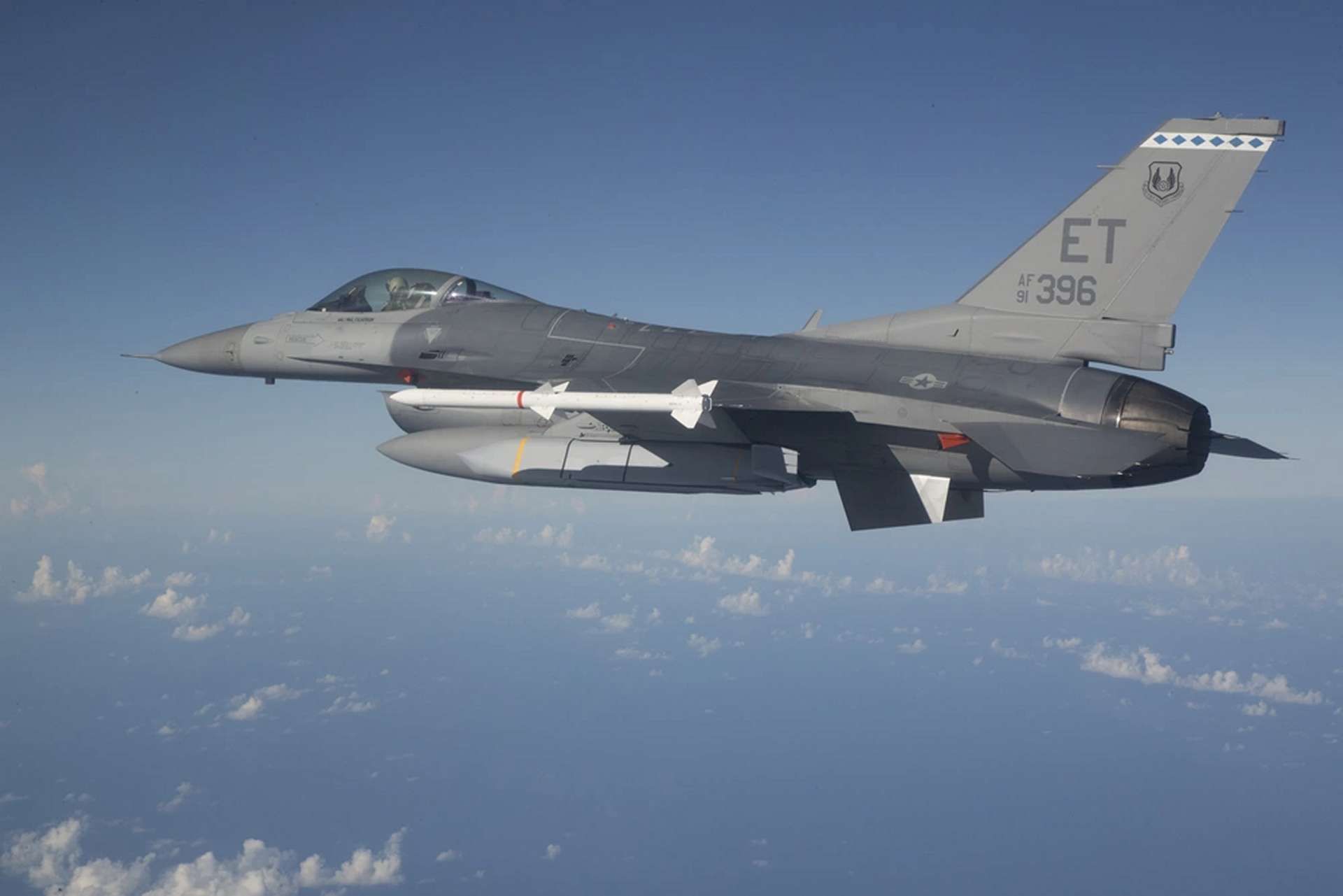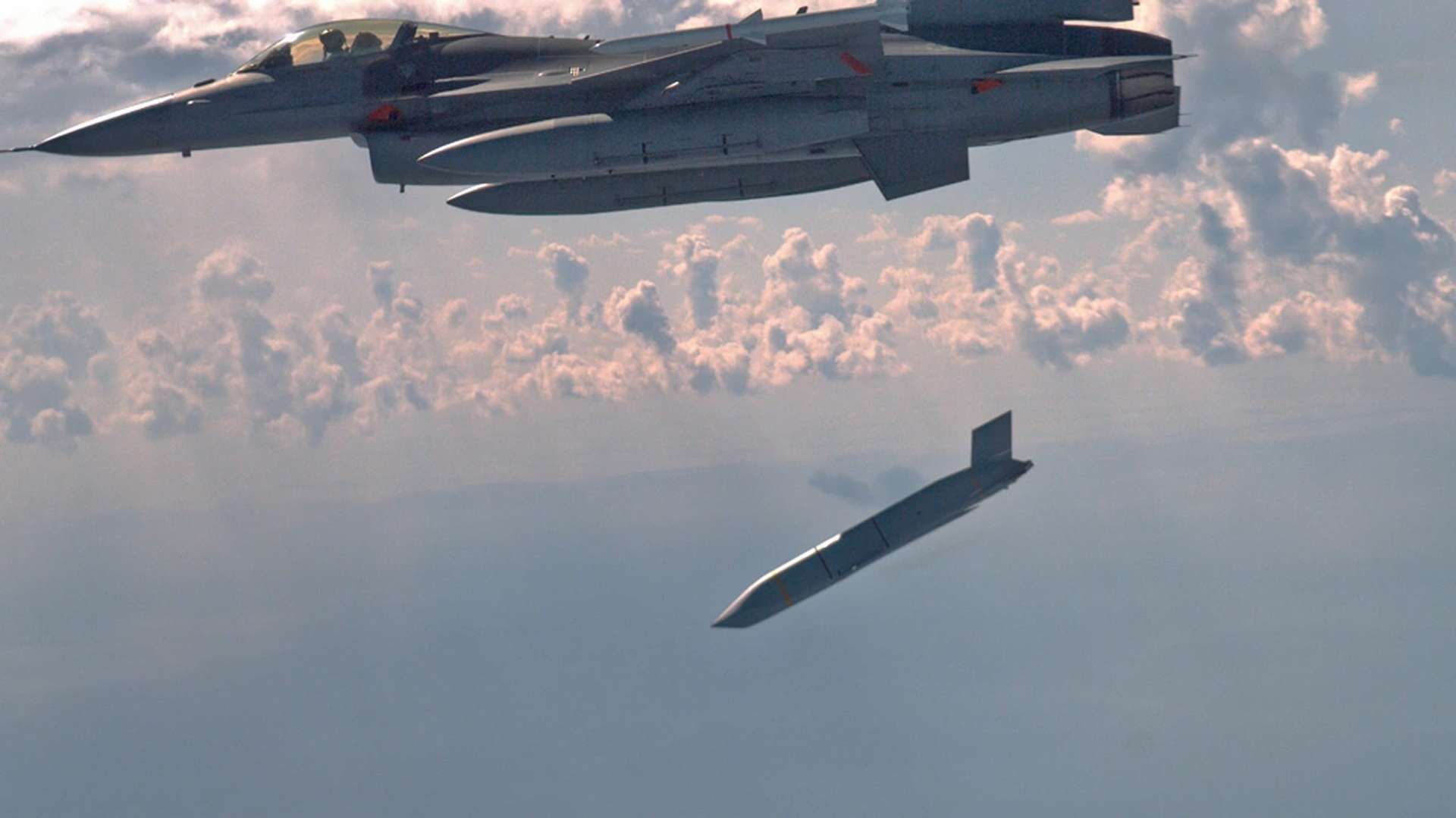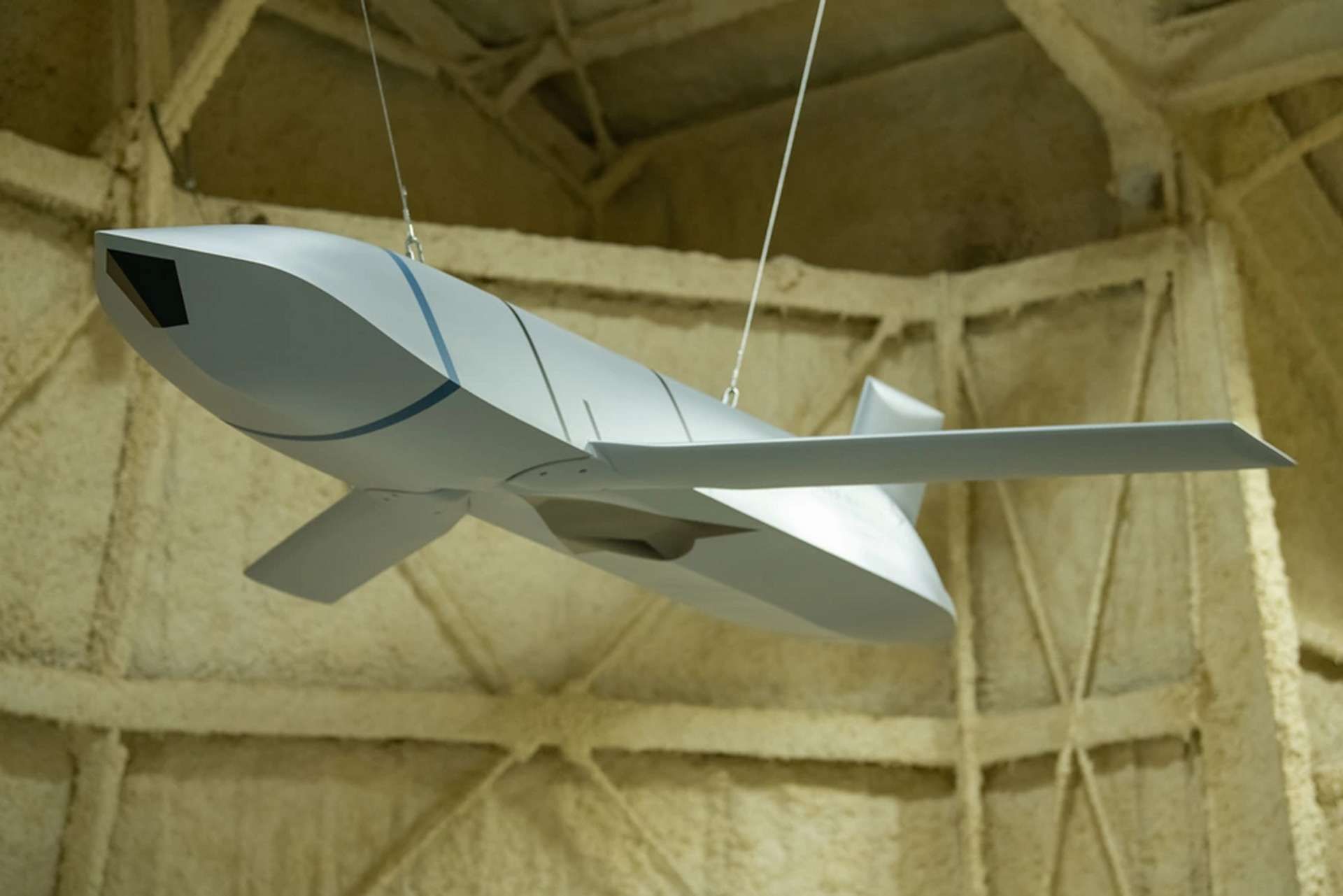Breaking News
Will Ukraine finally receive JASSM long-range missiles from US to strike deep inside Russia?.
As reported by Politico on August 15, 2024, the Biden administration is considering sending long-range cruise missiles to Ukraine, which could enhance Kyiv's military capabilities in its ongoing conflict with Russia. The missile under consideration is the AGM-158 Joint Air-to-Surface Standoff Missile (JASSM), developed by Lockheed Martin. If approved, these missiles would equip Ukraine’s aircraft, including the newly supplied F-16 fighter jets that European countries have committed to sending to Ukraine.
Follow Army Recognition on Google News at this link

The Biden administration is currently weighing its options, considering for instance the necessary technical support to integrate the JASSM missiles into Ukraine's arsenal if they are provided. (Picture source: US DoD)
This consideration comes at a crucial time in the conflict, as Ukraine has made advances in its ground operations within Russian territory. However, no final decision has been made, and the administration is currently addressing the complex technical and diplomatic issues associated with the potential missile transfer. These include ensuring that Ukraine's aircraft can effectively deploy this missile, which weighs 1,021 kg and carries a 450 kg warhead, as well as managing the necessary technical support to integrate the JASSM missiles into Ukraine's arsenal if they are provided.
The Pentagon has not confirmed whether it has approved the transfer of these missiles. Jeff Jurgensen, a Pentagon spokesperson, noted that while various options are being considered to meet Ukraine’s security needs, there is no specific information available at this time. For now, the administration is carefully weighing its options, considering both the potential benefits and the risks associated with this possible transfer.
The JASSM transfer, if it proceeds, would be another step in the ongoing escalation of U.S. military support for Ukraine, as the missile's 370 km range would allow Ukrainian forces to target locations far behind enemy lines, increasing their operational flexibility and reducing risks to their aircraft. The decision is being weighed carefully by the Biden administration, as this increasing military support has sparked debate in Washington, with some lawmakers advocating for more rapid assistance to Ukraine and others warning of the potential consequences of such actions. This decision could be particularly significant as it comes during the final months of President Joe Biden's term, with the future of U.S. support for Ukraine uncertain depending on the outcome of the upcoming presidential election.

The JASSM (Joint Air-to-Surface Standoff Missile) is a cruise missile capable of being launched from various platforms, including bombers such as the B-1 Lancer and B-52 Stratofortress, as well as fighter jets like the F-15E Strike Eagle and F-16 Fighting Falcon. (Picture source: US DoD)
Adding another layer of context to these discussions, the U.S. Air Force recently awarded a $130 million contract to Lockheed Martin to increase the production of JASSM and Long-Range Anti-Ship Missiles (LRASM). This move suggests a broader effort to boost the availability of these advanced missile systems. Additionally, Lockheed Martin Corp., Rotary and Mission Systems, based in King of Prussia, Pennsylvania, secured a $156.9 million contract to sustain and modernize JASSM enterprise software.
This contract includes the development of operational real-time combat analysis systems, SMART-Sync software, and mission optimization analysis tools, among other enhancements. The work, expected to be completed by April 2025, underscores the ongoing commitment to advancing the capabilities and readiness of the JASSM system.

If Ukraine receives the JASSM (Joint Air-to-Surface Standoff Missile) from the United States, it could significantly enhance its ability to strike strategic targets deep inside the Russian-controlled zone, including critical infrastructures such as the Kerch Strait Bridge. (Picture source: US DoD)
Ukraine has been requesting long-range missiles for several months, citing the need to counter Russian airstrikes launched from within Russian territory. Currently, restrictions limit Ukraine's use of U.S.-supplied weapons inside Russia, a point of contention that Ukrainian officials have raised with their U.S. counterparts. The Biden administration, however, has maintained a cautious approach to these requests, mindful of the potential implications of loosening these restrictions.
If Ukraine receives the JASSM (Joint Air-to-Surface Standoff Missile) from the United States, it could significantly enhance its ability to strike strategic targets deep inside Russia. Potential strategic targets for Ukraine could include infrastructure critical to Russian military operations, such as the Kerch Strait Bridge, which is essential for transporting supplies to Crimea. Additionally, these missiles could be used against military installations, airbases, and command centers deep inside Russia, which could disrupt Russian military operations along the entire frontline.

The JASSM is guided by a combination of inertial navigation systems (INS), GPS, and an infrared seeker for terminal guidance, with a circular error probable (CEP) of about three meters. (Picture source: US DoD)
The JASSM (Joint Air-to-Surface Standoff Missile) is a cruise missile capable of being launched from various platforms, including bombers such as the B-1 Lancer, B-2 Spirit, and B-52 Stratofortress, as well as fighter jets like the F-15E Strike Eagle and F-16 Fighting Falcon. It carries a 450 kg WDU-42/B penetrator warhead and is guided by a combination of inertial navigation systems (INS), GPS, and an infrared seeker for terminal guidance, with a circular error probable (CEP) of about three meters.
A more advanced version, the AGM-158B JASSM-ER (Extended Range), was introduced in 2014. This variant has a range of over 925 km, achieved through a more efficient turbofan engine and a larger internal fuel capacity. The JASSM-ER shares 70% of its hardware and 95% of its software with the original JASSM, facilitating its integration and production. The JASSM program has encountered technical challenges and delays, particularly in its early development and testing phases. However, subsequent improvements have led to its purchase by several countries, including Australia, Finland, Japan, and Poland, where it has been integrated into their air forces.


























